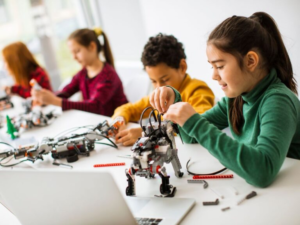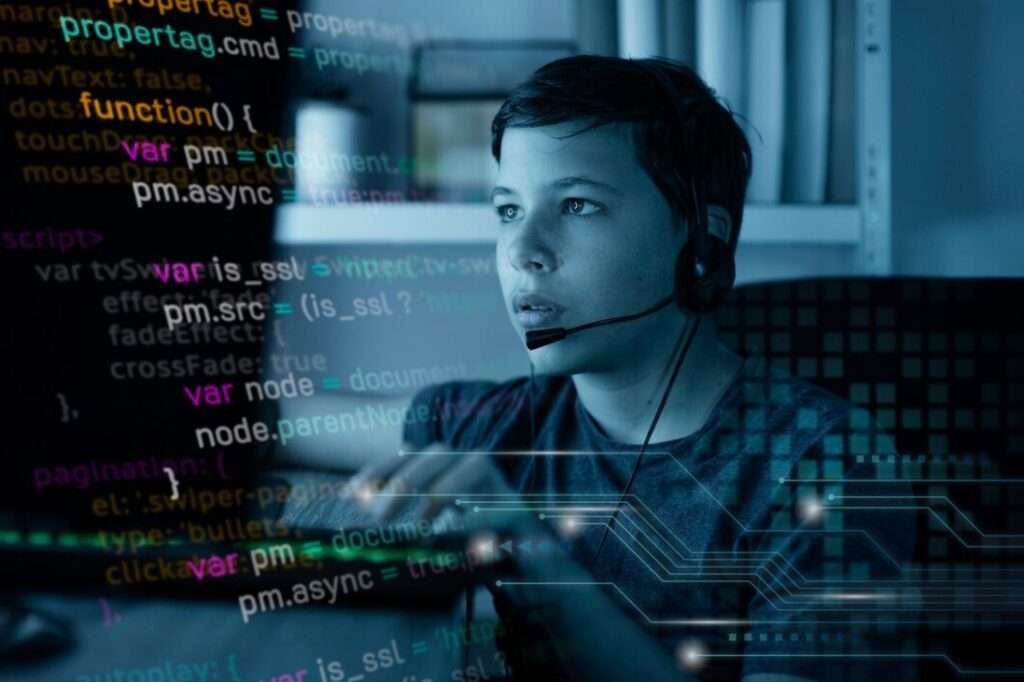When 10-year-old Aisha first discovered Scratch, she didn’t think much of it. It was just another school project, another piece of homework that she had to complete. But as she clicked around, trying to figure out how to make her sprite move, something magical happened. Aisha realized she could create her own games, tell stories, and even bring her imagination to life. She wasn’t just playing a game; she was creating one. And that’s the magic of Scratch coding, a tool that transforms young minds from passive consumers into active creators.
What is Scratch Coding?
Scratch is a visual programming language tailored for children, developed by MIT Media Lab. It enables kids to create interactive stories, animations, and games by connecting code blocks, much like building with digital LEGO bricks. This approach makes learning to code accessible and fun, especially for young learners who might find traditional programming languages intimidating.
Why Scratch is Ideal for Young Innovators
User-Friendly Interface
Scratch’s drag-and-drop interface is perfect for beginners. Children can start creating immediately without needing to learn complex syntax. This simplicity empowers them to experiment and explore, fostering creativity and problem-solving skills. According to a study by Computer Science Education, kids who use Scratch are more likely to develop an interest in programming and related fields.
Encourages Logical Thinking
Coding with Scratch helps kids understand the basics of logic and sequence. When they arrange blocks to make a character move or interact with other objects, they learn how to break down problems into smaller steps. This skill is crucial not just in programming, but in many areas of life, such as math and science.
Fosters Collaboration
Scratch’s online community allows young coders to share their projects, receive feedback, and even collaborate with others from around the world. This environment promotes teamwork and communication, skills that are vital for future innovators.
Develops Resilience
Coding often involves trial and error. With Scratch, children learn it’s okay to fail if they keep trying. This resilience is an important life skill, helping them to tackle challenges in and out of the classroom.
Supports STEAM Education
Scratch isn’t just about coding; it integrates with other STEAM (Science, Technology, Engineering, Arts, and Mathematics) subjects. For example, a child might use Scratch to create a project that combines art and music with math and logic, making learning holistic and engaging. Research shows that STEAM education, including tools like Scratch, enhances creativity and critical thinking in students.
Facts and Data Supporting Scratch’s Impact
Over 85 million projects have been created using Scratch, with users from more than 150 countries.
A study by Learning, Media and Technology found that students who engage with Scratch are more likely to pursue careers in STEM fields.
According to the International Journal of Child-Computer Interaction, children who code with Scratch show improved problem-solving abilities and increased confidence in tackling complex tasks.
Why Wait? Start Innovating Today!
Scratch is more than just a coding tool; it’s a platform that cultivates the innovators of the future, whether your child dreams of becoming a game designer, an engineer, or just wants to have fun while learning, Scratch is the perfect starting point. Don’t miss out on the opportunity to fuel their creativity and resilience. Enroll them in a Scratch coding class today and watch them transform from consumers to creators.















